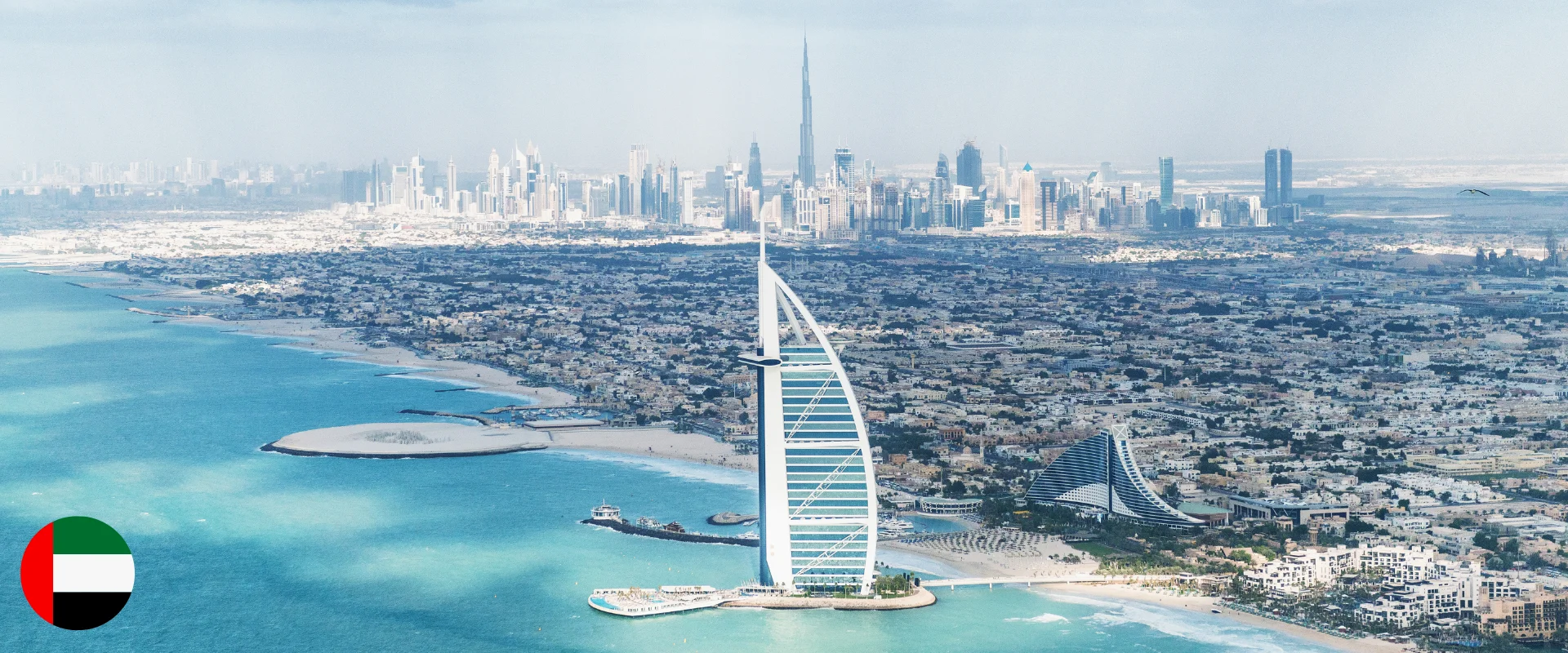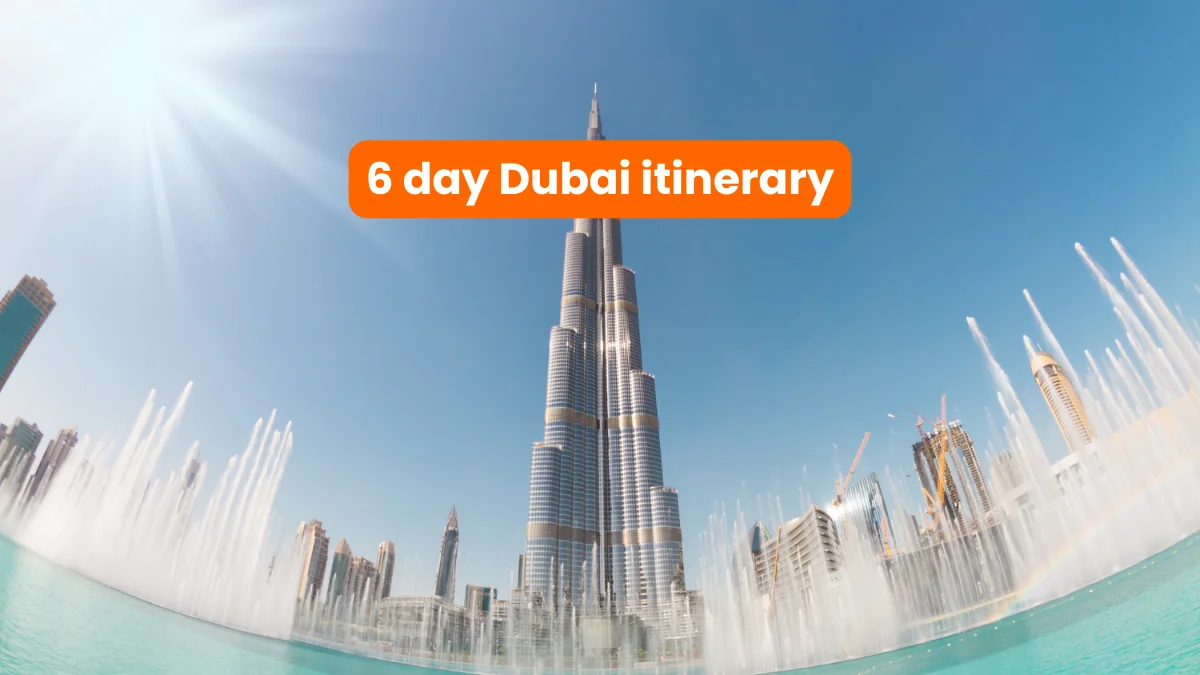At the heart of the UAE lies a dynamic cultural identity shaped by the Emirati heritage and the diverse fabric of expatriate communities. This blend reflects a society that values tradition while embracing international influences, creating a unique cultural landscape.
Emirati Hospitality and Tribal Roots
Emirati hospitality, an essential aspect of the country’s culture, is deeply rooted in the historical socio-cultural fabric and tribal traditions. The generosity and warmth with which Emiratis welcome guests are encapsulated in the practice of offering Gahwa (Arabic coffee) and dates upon arrival symbols of friendship and goodwill. This tradition dates back to the Bedouin tribes, where hospitality ensured survival in the harsh desert environment.
Emirati family gatherings traditionally occur in a Majlis, a space designed for socializing and discussing important matters. This practice promotes community connection and emphasizes the importance of family ties. The Majlis serves as a bridge for intergenerational conversations, continually nurturing cultural values and social bonds.
To truly understand Emirati hospitality, one must partake in these gatherings to witness firsthand the cultural importance of generosity and respect. Part of this experience includes traditional Emirati cuisine, providing another layer of their rich culture. Dishes like Machboos and Harees not only highlight culinary artistry but also demonstrate the region’s historical connections to trade and the spices that arrived on its shores.
Beyond the culinary and social customs, this hospitality extends into the UAE’s infrastructure: serene public spaces and attractions designed to offer comfort and luxury for visitors. This cultural hospitality underscores the country’s reputation as a safe, welcoming place for all travelers.
The Blend of Tradition and Modernity
The UAE is a unique confluence of tradition and modernity where each element complements the other, enhancing the cultural richness of the region. Traditional practices and modern innovations coexist harmoniously, illustrated through the architecture, lifestyle, and societal norms.
Architecturally, structures like the Louvre Abu Dhabi demonstrate the UAE’s commitment to preserving cultural heritage while embracing progressive design. This synthesis offers a glimpse into the UAE’s vision a vision where the past meets the future, and history informs innovation.
In daily life, you find Emiratis balancing tradition with contemporary influences. For instance, while traditional attire Kandura for men and Abaya for women represents modesty and cultural identity, it’s common to see young Emiratis incorporating modern elements into their style. This blending signifies adaptability and openness to global trends, without losing connection to cultural roots.
Culinary practices reflect this blend, where traditional Emirati dishes are infused with global flavors, resulting in a diverse gastronomic landscape. Visitors experience this culinary fusion in the bustling city atmosphere, where international and Emirati cuisine coexist in a delightful array of flavors and styles.
This cultural interplay defines the UAE’s identity as a melting pot, welcoming not only global ideas but also harmonizing them with local traditions to create a distinct socio-cultural environment.
Diversity: Emiratis, Expats, and International Communities
The UAE’s population is an intricate mosaic of Emiratis and expatriates, alongside a labyrinth of international communities. This mix creates an extraordinary multicultural setting that feeds cultural exchange and tolerance.
- Emirati Community: Despite being a minority, Emiratis play a central role in shaping the cultural and political backdrop of the nation. Their customs and traditions are deeply embedded within the national fabric, maintaining the cultural identity amidst modern developments.
- Expat Communities: Over 200 nationalities coexist in the UAE, marking it as one of the world’s leading examples of cultural diversity. Indian, Filipino, European, and other expatriate communities contribute significantly to the socio-economic and cultural landscape.
- Collaborative Heritage: The UAE has fostered an environment where cultural collaboration is encouraged. Festivals and celebrations often blend international practices, creating unique hybrid cultures that resonate with all residents. Tolerance and inclusivity are more than policies; they’re woven into everyday life, promoting a society of peace and mutual respect.
This diverse society has mastered the art of blending distinct identities into a cohesive culture that is unmistakably Emirati yet refreshingly global. It’s this fabric of tolerance and diversity that makes the UAE a fascinating destination and home, bringing the world together under one sky.



